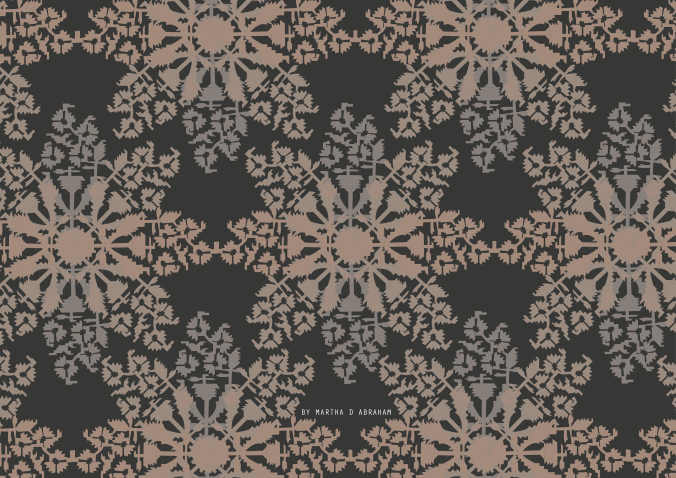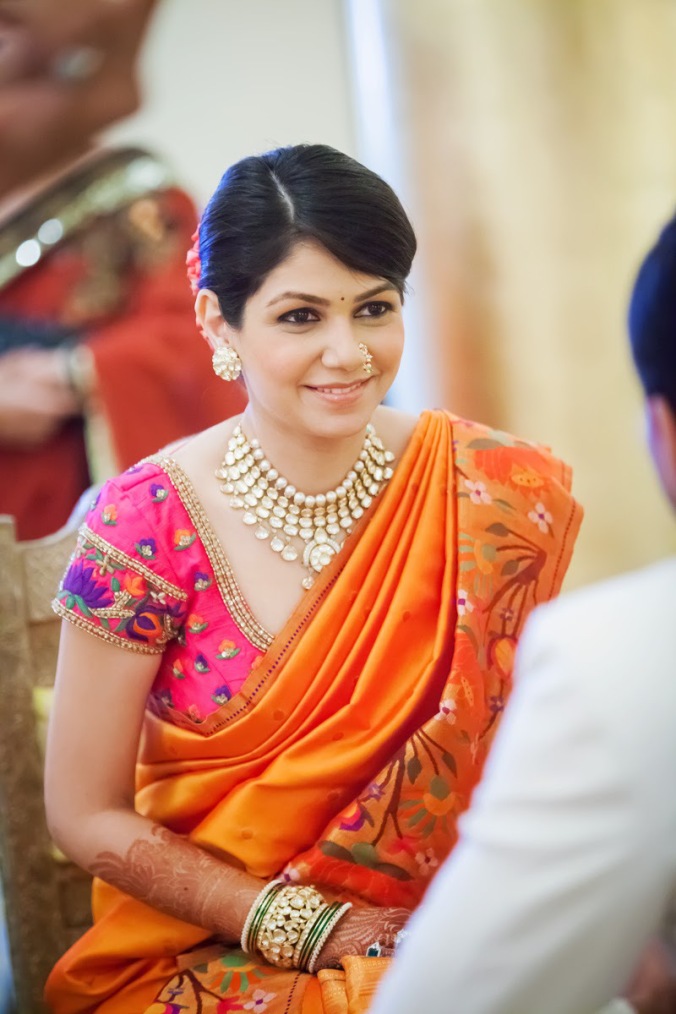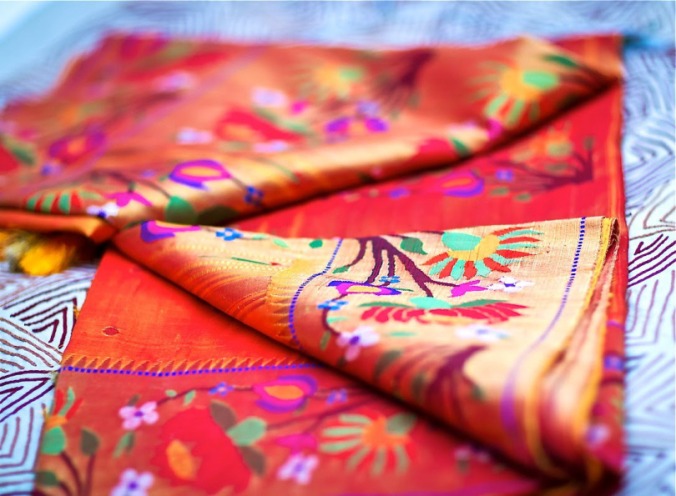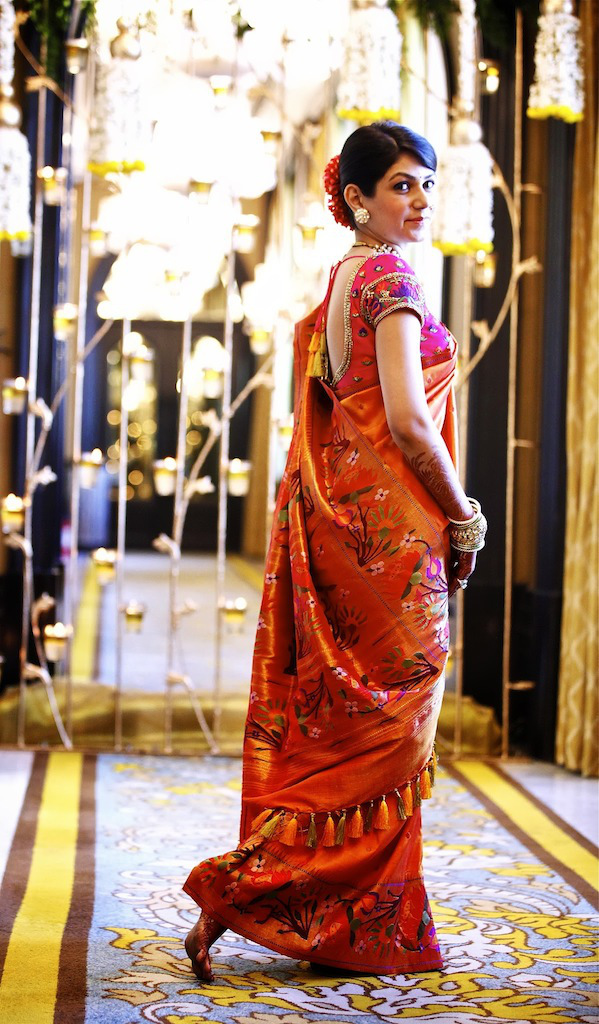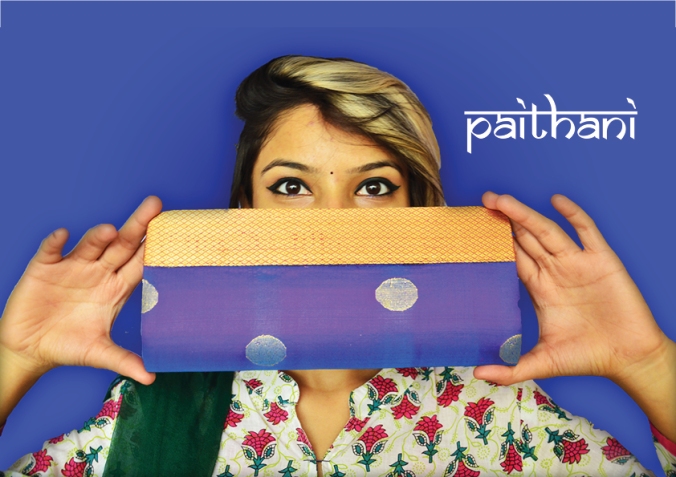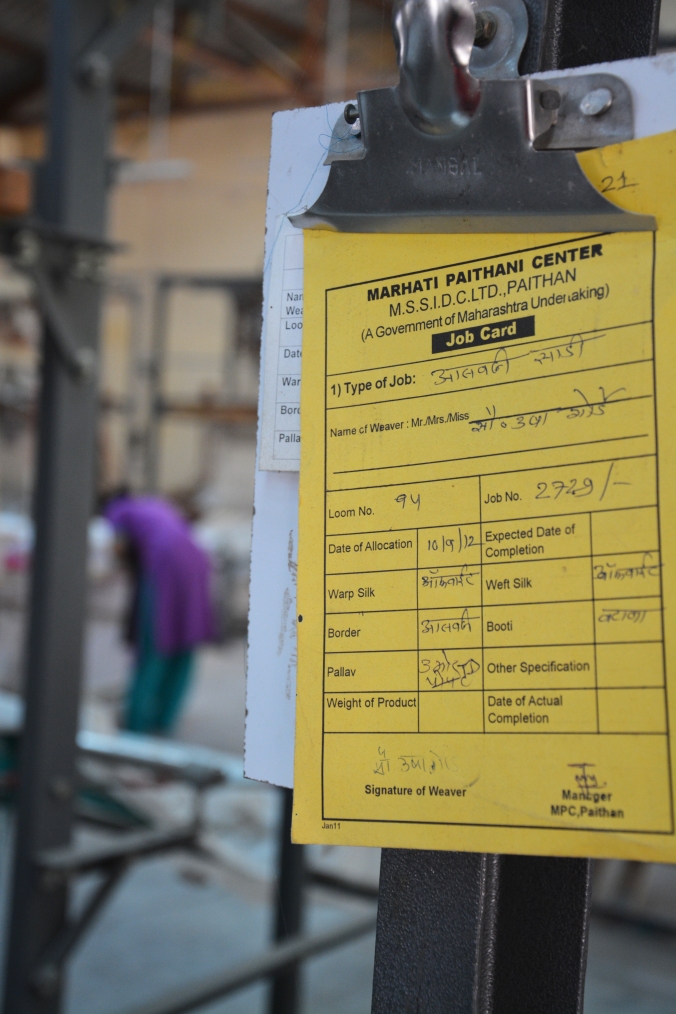Stay posted as freebies keep piling up!
#PreservePaithani
#ProtectPaithani
#PromotePaithani
Month: August 2014
The Perfect Wedding Wardrobe
All credits for this post go to http://thedelhibride.com/2013/08/09/wedding-wardrobe-anuja/.
Thankyou for the insight into the beauty of this craft.
#Guidemap
Akku Taai
#PromotePaithani
Basking in fading glory
Government’s role in the Revival of Paithani
In the post independence era, despite the thrust on heavy and medium industries of economic development of the country due importance was also given to the village and cottage industries because of the large employment potential. Handloom and handicraft sectors were the only major sectors in them of providing employment next to agriculture.
Traditionally these handcrafted products were patronized by royalty, the Indian aristocracy and foreigners. The quality of goods produced was not available elsewhere. Being labor intensive, productions takes its time and as there is an absence of modern technology mass production was not possible.
It was assumed that the use of modern technology leads to mass production, as it invariably brings down the market production. And it is market competitive because of its least cost.The central government in coordination with the state government proposed a number of schemes which included conversion to power looms, supply of improved appliances such as take up motions, etc to improve the quality of handloom fabrics. To provide newer designs and training for using improved appliances to the weavers who were living in remote areas with no knowledge of changing trend in the city. The use of these appliances which were developed for the production of better quality and uniform fabrics were not adopted by the weavers because of mental and physical block. However, in certain areas for production of fabrics semi-automatic looms were adopted for insuring a superior quality of fabrics. This declined hand weaving technique as many artisans had adopted the easier way of making the same fabric on a power loom.Maharashtra Small Scale Industries Development Corporation (MSSIDC), it is the government of Maharashtra undertaking, which was an agency for the supply of raw materials to small scale industries for the development and growth to the fullest extent. The basic objective was to enable them to play their role towards the realization of national objective of accelerating industrial development, generation of employment and income. MSSIDC had taken the project of training centre at Paithan in 1973 and still continues with it which plays a vital role in revival of paithani sarees. MSSIDC organizes the marketing of handicraft items and also arranges to conduct training programmes in paithani weaving at Paithan and Yeola for the revival of this craft.
The handloom weavers are covered under three basic segments in Maharashtra:
Private operators / Master weavers with captive looms and weavers who work for them.
Weavers under cooperative fold.
Handloom Corporation covering the weavers outside cooperative fold
How do you go if you want to?
Handloom VS Powerloom Paithani
With progressing years and new developments Handlooms have been taken over by the Powerlooms. Due to fast process and less costing Handlooms are replaced with Powerlooms taking away the glory of hand woven Paithani. The authenticity of a hand woven Paithani is killed because of the cheap imitated Paithani sarees made on Powerloom are easily available in the market .
A hand woven Paithani takes from 10days to 1 year to complete one saree depending upon the intricacy of the design.While, on a powerloom approximately 5-6 sarees can be made.This makes powerloom an inexpensive process compared to handloom as the labour work required in handloom is done by computerized machines. The finishings required is not acquired due to mass production on the power looms. One can make out the difference between a handwoven and powerloom paithani by observing the back of the saree .A handwoven Paithani has small knots at the back and no yarn floats on the back like the powerloom ones has.

